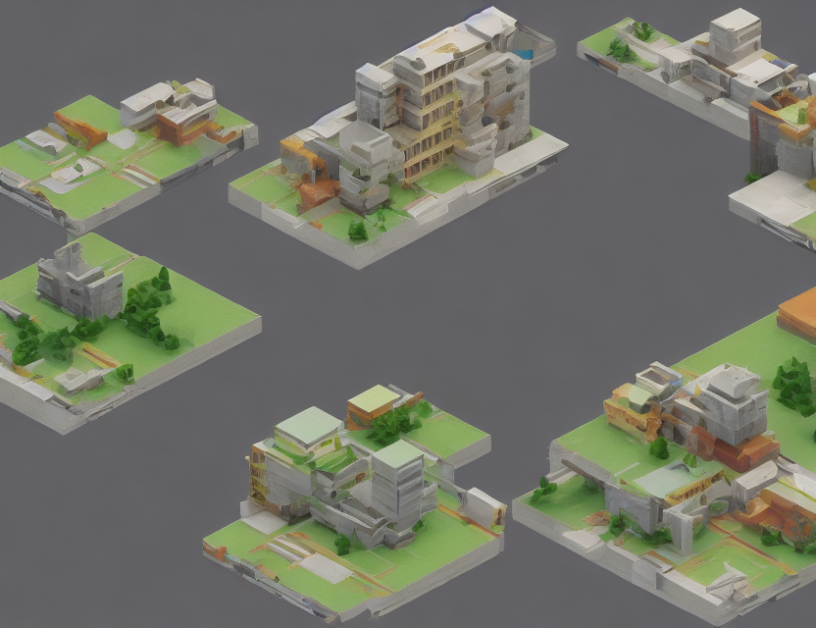The article discusses a popular numerical method called Classic Rayleigh Quotient Iteration (CRQI) used to solve Hermitian eigenvalue problems. CRQI is based on the Rayleigh quotient formula, which compares the magnitude of a vector to that of its projection onto another vector. In this context, the article focuses on the target eigenvalue, which is the eigenvalue of interest, and its corresponding eigenvector.
Eigenvalue Problem
The article begins by introducing the Hermitian eigenvalue problem, where we need to find a complex number λ and a vector v such that Av = λv, where A is a complex Hermitian matrix. The eigenvectors are normalized with respect to the Euclidean norm, which means they have a special property called algebraic multiplicity. In this case, the target eigenvalue is assumed to be simple, meaning it has only one algebraic multiplicity.
Numerical Solution
To solve this problem numerically, CRQI uses an iterative formula that starts with a non-zero vector x(0) and a shift µ. At each step k, the algorithm computes the current vector iterate x(k+1) by applying a series of matrix multiplications involving the matrix A and its inverse. The key insight is to use a sequence of positive numbers (γ(k)) that converges to zero to control the convergence of the algorithm.
Convergence Criteria
The article discusses various stopping criteria for CRQI, such as terminating when either the residual norm is below a given tolerance or a maximum number of iterations is reached. The author emphasizes the importance of choosing the right sequence (γ(k)) to ensure convergence and avoid oscillations in the iterative process.
Impact of Eigenvalue Gap
The article also highlights the critical role of the eigenvalue gap in CRQI’s performance. By increasing the eigenvalue gap, we can expect the basin of attraction of the target eigenvector to increase, making the algorithm more likely to succeed. This insight is essential for understanding why CRQI works well for some problems but not for others.
Conclusion
In conclusion, CRQI is a powerful numerical method for solving Hermitian eigenvalue problems, and its simplicity and convergence properties make it a popular choice among researchers. By controlling the convergence sequence (γ(k)) and choosing the right stopping criteria, we can ensure successful implementation of CRQI. Moreover, the article underscores the importance of understanding the eigenvalue gap in determining the algorithm’s performance, which is a fundamental concept in numerical analysis.



